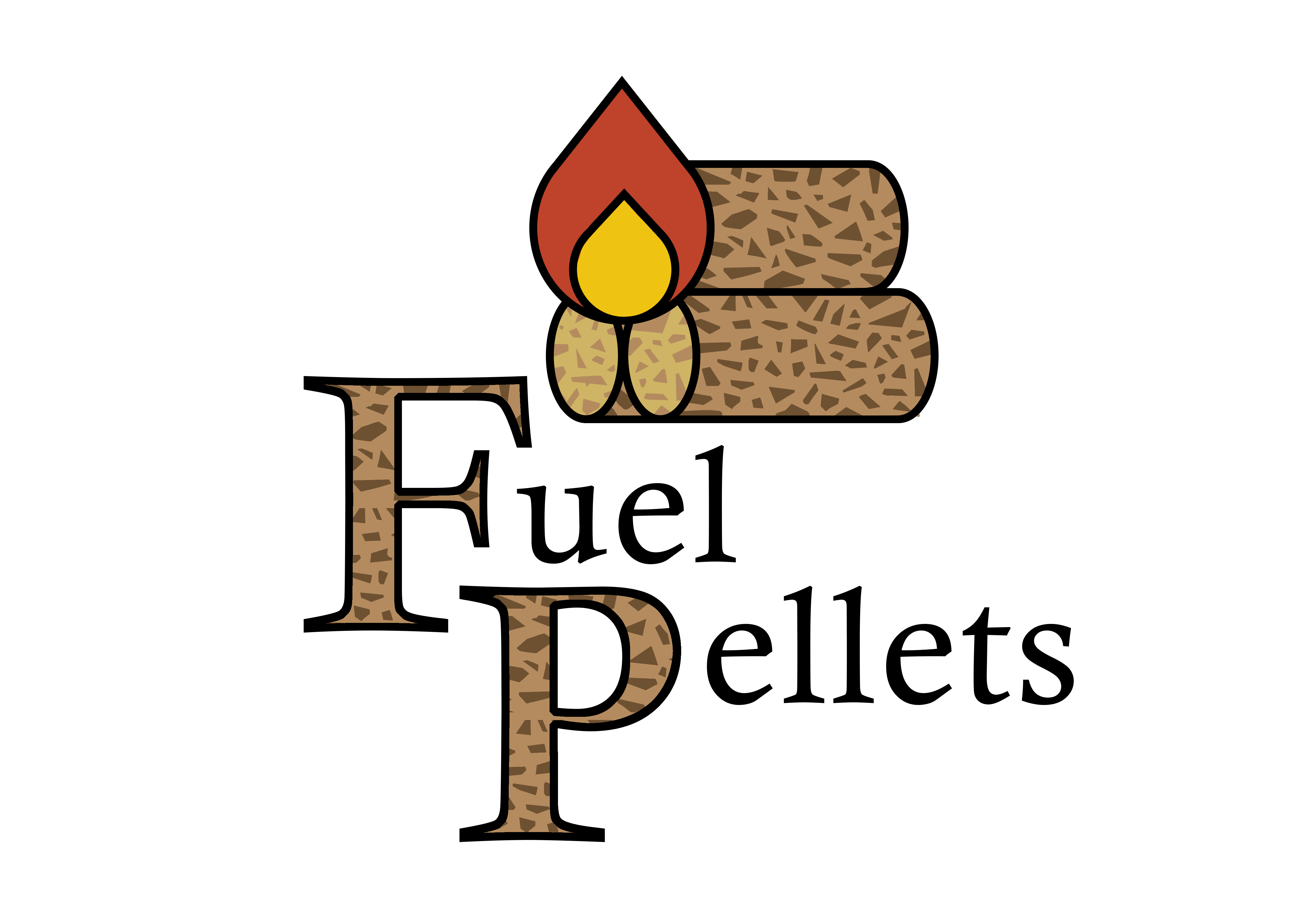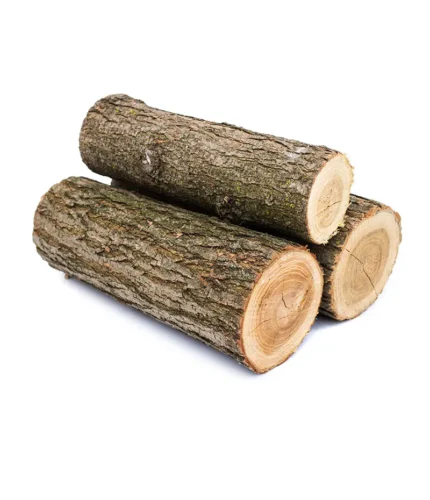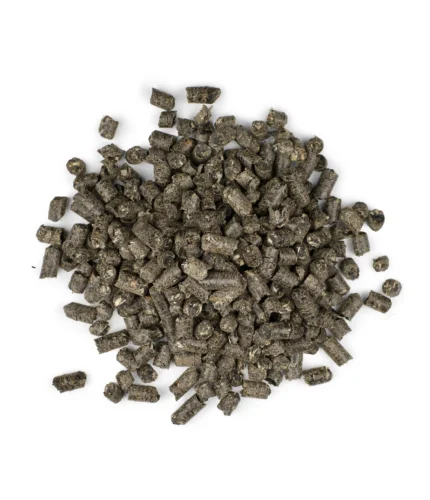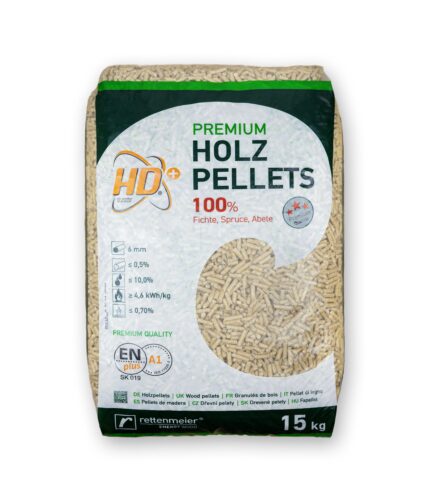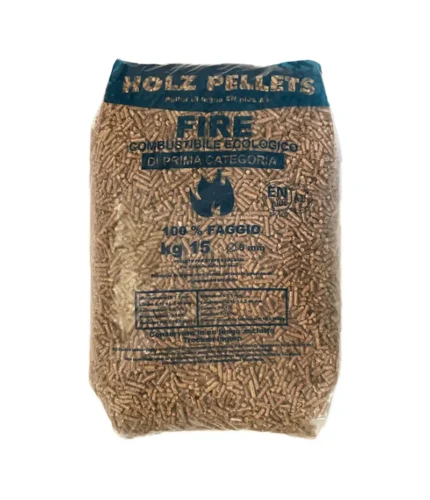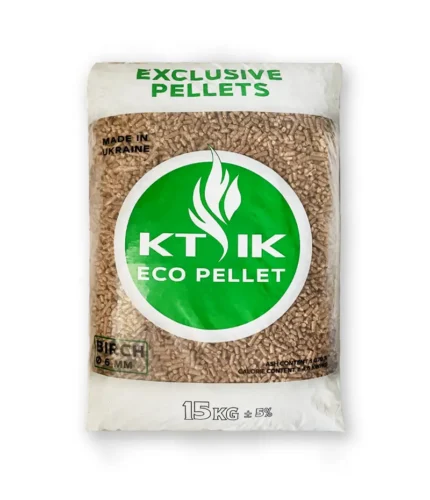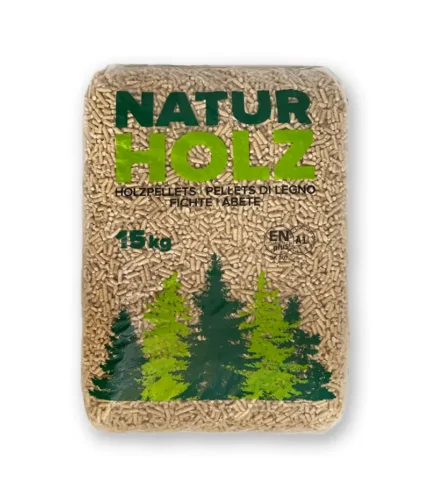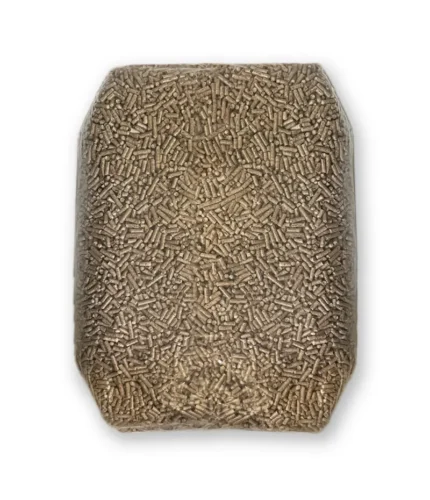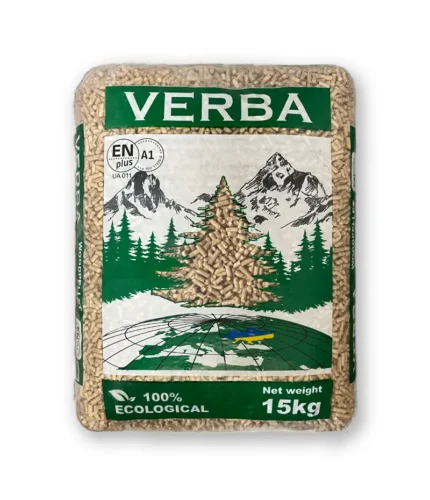Basic Technical Parameters
| Properties | Value |
| Plant | Rapeseed |
| Diameter | 6mm-8mm |
| Length | 3.15 ≤ L ≤ 60mm |
| Moisture | ≤ 10.0% |
| Ash Content | 6-8% |
| Calorific Value | 14.5-15.5 MJ/Kg |
Wheat straw pellets are a relatively good fuel, but compared to wood, they contain a higher proportion of sulfur, chlorine, and ash. The ash contains a small amount of heavy metals, and the melting temperatures are low, which increases the risk of ash sintering in the furnace. This can lead to complications in boiler operation. Therefore, if you want to heat with straw pellets, a special boiler with an ash remover is required, which is also suitable for other agro pellets. The advantage of heating with straw pellets is their lower price, and compared to wood pellets, their prices remain stable in the long term.
Usability of Straw Pellets
Straw pellets can be used in various ways. The first option is for heating, where the pellets are used as fuel for boilers designed for this purpose. Another option is using the pellets in agriculture as bedding for horses, cattle, and similar animals. Straw pellets have excellent absorption properties, making them suitable as bedding.
If you are more interested in the pellet process, production, and related topics, we recommend this extensive analysis in the following article on straw pellets: